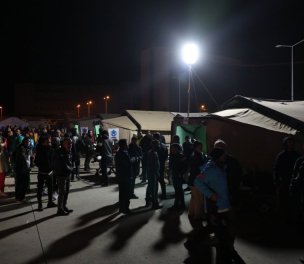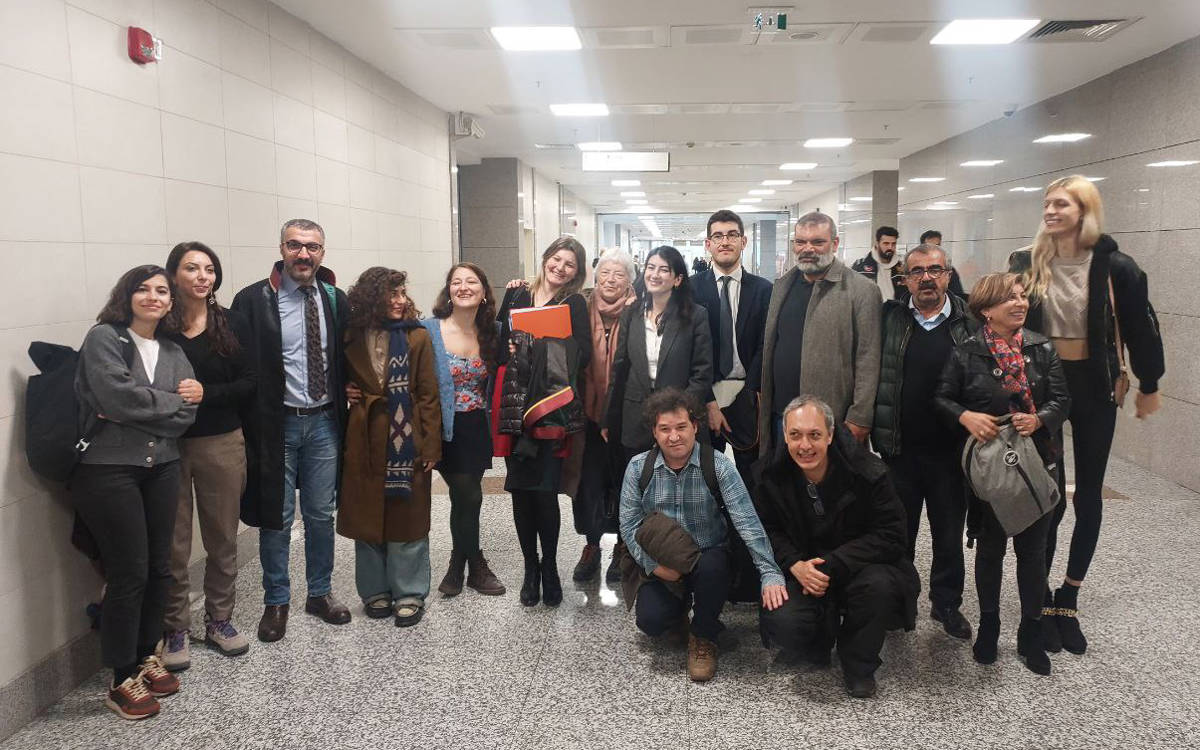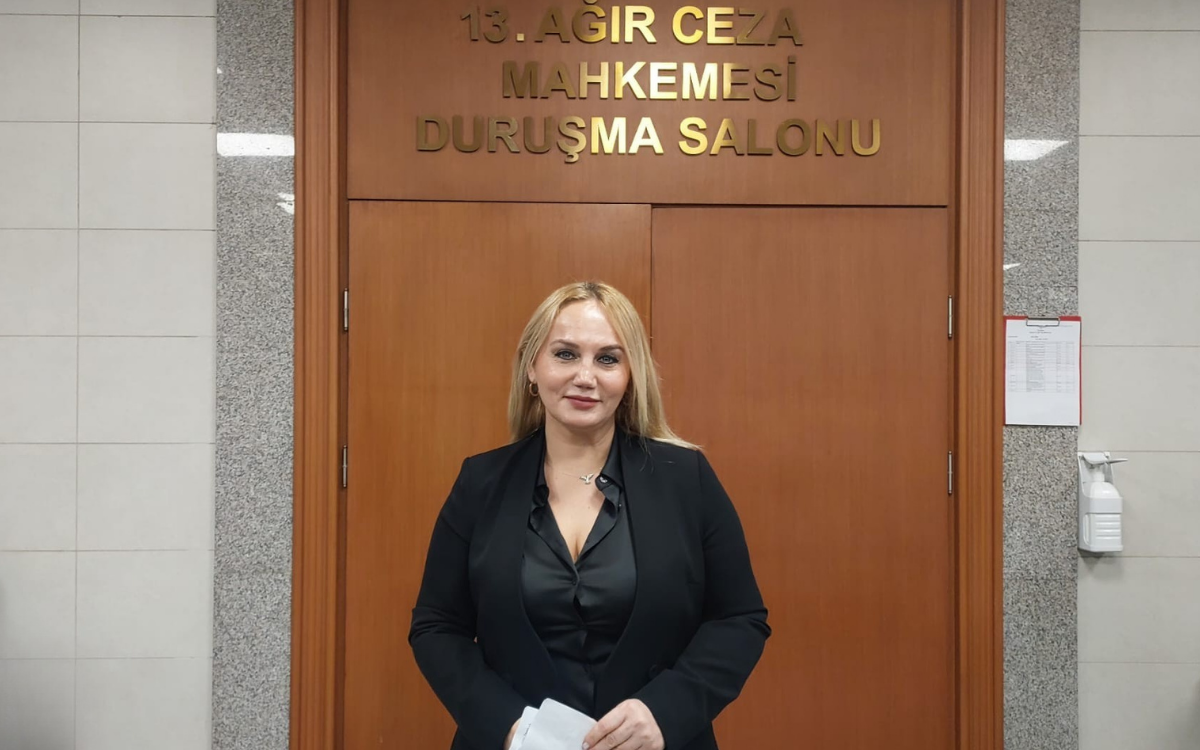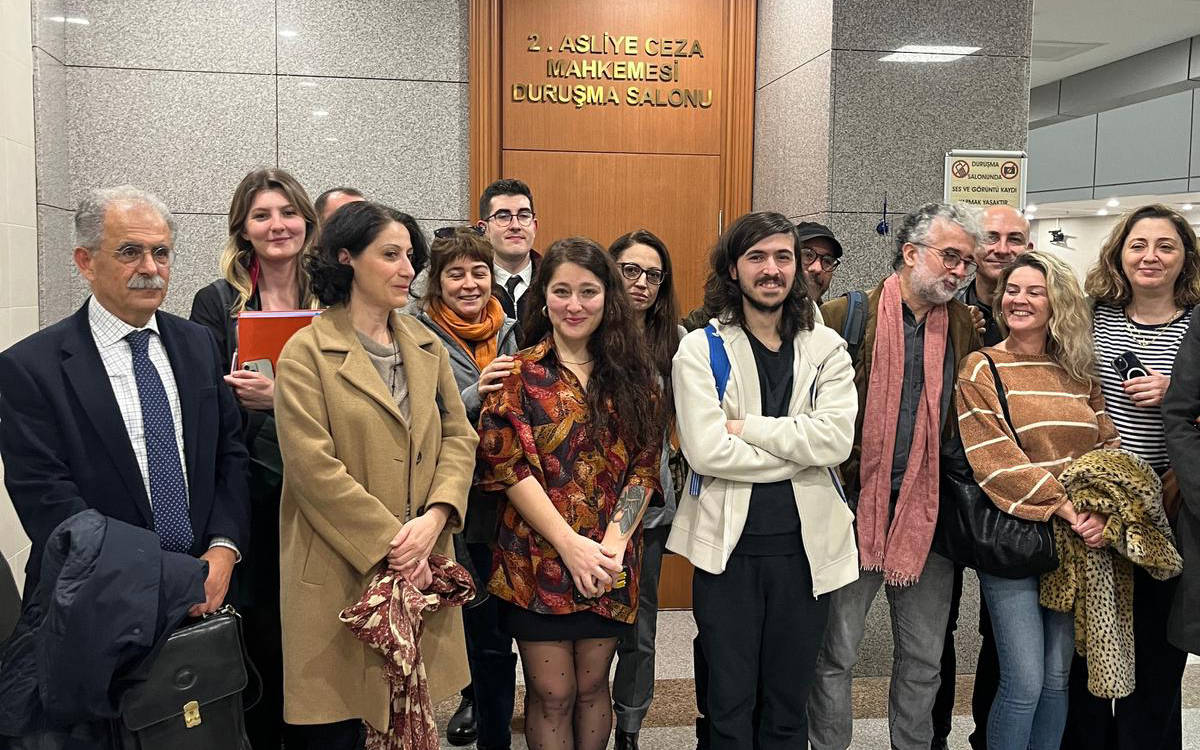Click to read the article in Turkish
Heavy equipment is working in the earthquake-hit region around the clock. It is wreckage everywhere and the turn has come now for debris removal. There are clouds of dust over the cities. No watering is being done. The dust contains a threat inside: Asbestos.
Asbestos is not a chemical, it is a mineral. Its use was banned completely in Türkiye in 2013 however it was widely used in the buildings constructed prior to this. It is a threat to health in the years to come when asbestos is breathed.
Asbestos demolition expert Kenan Yıldız is warning about risks. He says that everybody in the region should be distributed FFP3 masks and that debris should be watered while removing it.
Yıldız replied to our questions on the threats to health in the region.
He explains that asbestos is not the only risk. He says "It is discussed more since it is a more popular subject. For instance lead is a threat. Most paint used in Türkiye includes lead and is carcinogenic.
"Dust formation should be prevented"
"The current threat in the region is dust. It is clear that it will cause serious health problems, especially when removing debris.
"Masks should be distributed to the people urgently, both to those working and to the local people.
"Dust formation should be prevented at the source by watering during debris removal. Hazardous wastes should be separated and then taken to spoil areas.
"But it is not only asbestos and lead which present a threat. The food, the batteries, the exploded canalization system, the PCBs in the electronic circuits, the fluorescent lamps, and mercury... "These all pose threats. Therefore there should be a management plan for all of these. The related waste should be separated and then taken to spoil areas."
"The laws do not apply in cases of disaster"
The Emergency Intervention Plan of the Disaster and Emergency Presidency (AFAD) does not include how to handle such threats.
Yıldız says that neither the Occupational Health and Safety Law no. 6331, nor the regulations on control of construction and wreckage wastes or on demolishing of buildings are applied in times of a disaster.
So is the next step determining where the spoil areas should be?
Yes, says Yılmaz. It is very important to determine where the waste should be disposed of. And maybe the most important. If they remove the debris, do not separate the hazardous waste from it and put all of it somewhere where there are underground waters.
Again there can be contamination of large areas due to dust emission with the winds. Or contamination with rainfall. We can come across massive public health problems in the future due to all these.
Will we have a similar situation with that on September 11?
It is possible. The firefighters who participated in the rescue work after September 11 developed illnesses related to asbestos years later.
The use of asbestos was banned in Türkiye totally in 2013. However, it is very possible that it has been used in the buildings constructed prior to this date. I worked in this region at different times. I guess one out of each 5 buildings may contain asbestos.
"Water is the enemy of asbestos"
I know that this is an earthquake region and there is chaos at the moment. But we cannot overlook these risks either. First FFP3 masks should be distributed in the region. And if the people in these areas cannot find these masks they should use surgical masks, scarves, and the similar to close their noses and mouths. At least they will be exposed to less amount of dust.
The other issue is the removal of the debris. If we are only talking about asbestos, it is not important that it mixes with water. Water is the enemy of asbestos. Because water prevents dust formation. In fact, asbestos is not a poisonous material. It is harmful to the species that have a respiratory system. It is harmful to the lungs.
Therefore the location where the debris will be disposed of is important. If the debris constitutes hills where it is thrown, tomorrow or 10 or 100 years later, it will affect everyone with the winds.
We also say impermeable soil. Asbestos is not the only threat. The hazardous waste within the construction waste should be disposed of on impermeable soil and after placing membranes on the soil. The wastes should not mix with the underground waters.
If it is possible the waste should be disposed of in low areas so no health problems will be created in the future. But if you dispose it of creating hills, you cannot prevent the risks even a century or two after today. (HA/PE)





.jpg)





